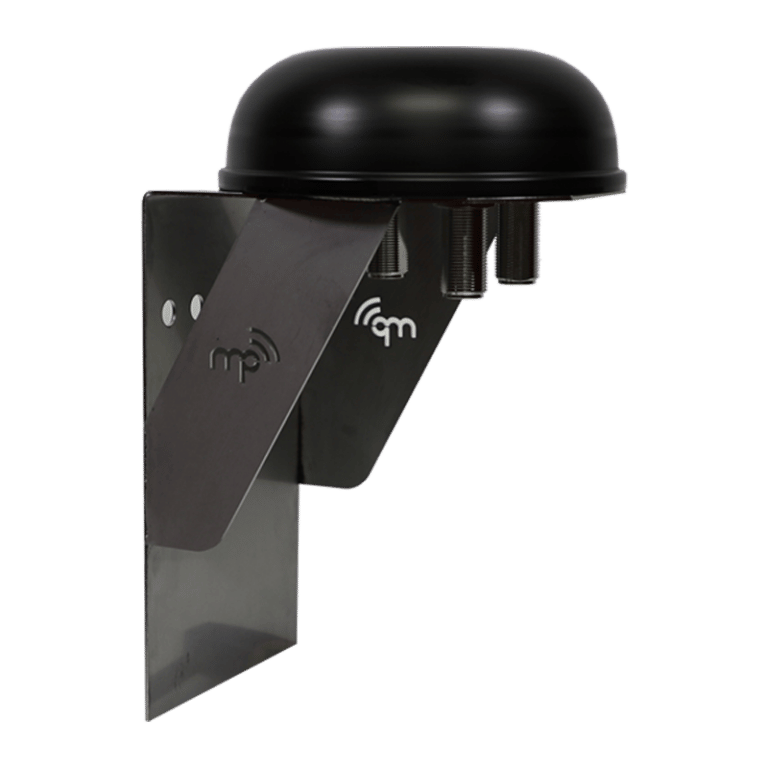Bracket Mounting Best Practices
MP Antenna makes brackets for the antennas we design and manufacture. We also have an in-house anechoic chamber that we use to determine an antenna’s propagation pattern during your specific installation instead of a generic test run. For example, when a tractor manufacturer wanted us to test our antennas under real-world conditions, they sent us a plastic tractor top. We mounted our antennas with the brackets that we made, tested this configuration atop the tractor, and shared the test results.
Common Problems with Antenna Brackets
Because of our real-world approach to antenna testing, we’ve identified some common problems over the years. Sometimes, an engineer may not consider a bracket’s material of construction or the material to which an antenna or bracket is mounted. The lack of a standoff between the antenna and the mounting surface is also a common issue. By partnering with an antenna manufacturer that does more than just make antennas, you can avoid problems like this and get greater value.
Bracket and Mounting Materials
Depending on the bracket material you choose, an antenna may perform differently than you expect. The same is true of the mounting surface. For example, metal reflects radio frequency (RF) waves. If you use a metal bracket, this support structure will affect the antenna’s radiation pattern. Metal mounting surfaces can also affect RF propagation. For example, if you flush-mount an antenna to a metal surface like the roof of a car, the antenna patterning becomes hemispheric instead of omnidirectional.
Plastic brackets don’t reflect RF waves, but you’ll need a sturdy plastic like Delrin® if you want an antenna bracket made of heavy-duty, weather-resistant material. Carbon fiber brackets are also available but consider both the mounting surface and the antenna location. Most carbon fiber products are, like metals, electrically conductive. Therefore, problems can occur if you mount an antenna inside the carbon fiber fuselage of a UAV or under the carbon fiber trunk of a racecar.
Standoffs
Antenna standoffs are mounts that provide stability and separate the antenna from a mounting surface. Often, they’re made of plastic and feature an arm-like design. Their advantages are especially clear when you compare them to flush-mounting an omnidirectional antenna to a metal wall. With the flush-mounted approach, the omni antenna functions as a directional sector antenna. Multipath propagation also occurs since wireless signals reflect off objects on their way from the transmitting to the receiving antenna.
Standoffs aren’t limited to plastic, however. As the image below shows, MP Antenna can supply metal brackets with a plate for mounting (including holes for fasteners) and arms that extend away from the plate and mounting surface. In the example below, the antenna dome is made of plastic.
Antenna Manufacturing and More
MP Antenna of Elyria, Ohio (USA) makes multi-polarized antennas that provide superior performance where other antennas fail to connect. We also make antenna brackets and custom radio enclosures for OEM radio boards. If you’re looking for an antenna manufacturer that does more, we invite you to learn more about our Made in America manufacturing capabilities.

